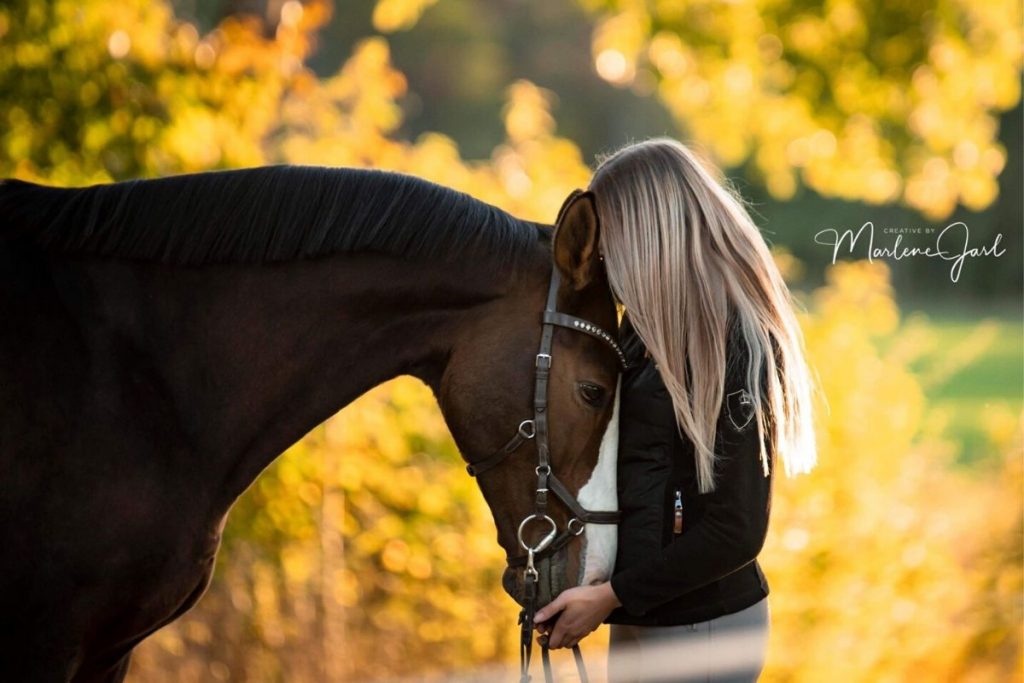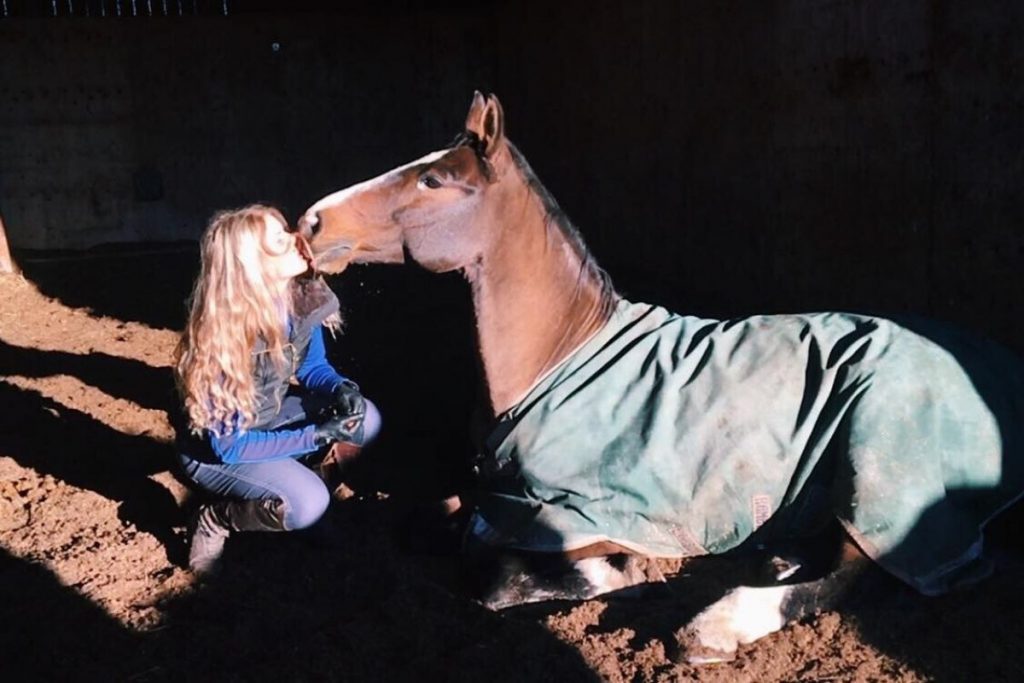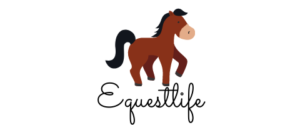Horses are an extremely popular pet. People own them for a multitude of reasons and enjoy spending time with them. Even more than admiring their grace and beauty, horse owners love the special bond between them and their horse that can only happen when the horse likes them. If you are having issues bonding with your horse, you may start to wonder if it is because he doesn’t like you.
So, how can you tell if your horse likes you? The key to telling whether a horse likes you is being able to interpret their body language and actions. Horses are very emotional and responsive animals that communicate their needs and desires through body language and movement. Horses have various signs they give when they are relaxed and happy. If a horse exhibits these signs around you, they probably like you.
People develop strong connections to their horses and want their horses to have the same attachment to them. Horses do have the ability to form a trusting relationship with their owners and appear to develop emotional connections to specific people through riding and care. In this article, you will learn many different ways that you can tell if your horse likes you.

Body Language
Since people rely heavily on verbal communication, they may only focus on a horse’s vocalizations. However, according to “How to Read Your Horse’s Body Language,” by Jennifer Williams, PhD. from Equus, horses communicate more thoroughly through their posture, gestures, and expressions.
The ability to read these signs can help an owner better care for their horse, which can increase the emotional attachment between them. They can also indicate if the horse does or does not like a person.
Horses will communicate with their bodies, using just about every part. However, the key body parts to watch are:
- Ears
- Head
- Tail
These sections of the body will give the most feedback on whether the horse is happy and relaxed and if they like you or not.
Ears
A horse’s ears can provide insight into the horse’s overall mood. Most people know that when a horse has its ears pinned back, it is angry and going to bite or kick.
The following ear movements can indicate how your horse is feeling:
- : This means that the horse is alert, interested, or paying attention to what is in front of him. This can also be a sign that the horse is engaged.
- : The horse is relaxed and asleep. They are not attuned to what is going on around them. This is typical when they feel safe. However, they are easy to startle in this condition if you move towards them quickly and react by striking out.
- : The horse is listening to something behind him. However, it can be a warning sign. When combined with other signs, such as body tension and a swishing tail, it can mean that the ears are about to be pinned back.
- : This is a sign of anxiety. The horse is either overwhelmed by noises or is trying to locate the source of a frightening sound or smell.
Knowing these signs can help you better care for your horse and adjust to his mood. They won’t determine if the horse is happy or likes you, but by observing them, you can understand when the horse is stressed or tense. This can let you address any source of stress and strengthen the bond between you and your horse.
Head
One of the easiest ways to know what your horse is feeling is to monitor their head movements and placement. Horses’ long curved necks allow them to move their heads in various ways depending on their mood. Again, this is not a direct indication that the horse likes you, but it does show signs of trust and a connection when they are relaxed in your presence.
- : When a horse allows its head to droop or drop, it shows they are feeling relaxed. The ears will typically hang to the side as well. This can also be a sign they are sleeping, so call their name and approach slowly so that you do not startle them.
- : This is a sign the horse is focusing on something in the
distance. Horses are very curious.
So, it could be something that they are just trying to observe, or they
may sense danger. The horse is also not paying attention to you. You may need to regain their focus to prevent
them from spooking.
- : If the horse is raising their head while being ridden, this may be a sign of pain. It is important to check for anything that may be hurting them. A horse will not like someone that they begin to associate with pain. It may be necessary to have a veterinarian check your horse out.
- : This is when your horse lowers their head and waves it from side to side. This is considered an aggressive act. A stallion may do this to warn off other males or to herd a mare. When a horse is observed doing this behavior, it means that they are likely to attack if the threat is not removed.
It is important to remember that not every warning sign means that the horse does not like you. Check out the area around you and the horse to discover anything that could be frightening or upsetting to them.
Tails
Because they can swish them around so easily, horses often use their tails to give emotional communication. The main thing to be concerned about is a horse with a tail that is “clamped down” or rapidly swishing. Both of these tail movements can be signs that the horse is in distress, is angry, or is in pain. It is important to identify and address the reason as soon as possible.

Other Indicators
Watching your horse when he is around other horses or just free in the pasture can give a good indication of if your horse is relaxed and happy. The more relaxed and happy the horse, especially when you are around, the more likely it is that he probably likes you.
Grazing
Horses are prey animals. This means that they are a potential food source for other animals. This has led to a highly developed sense of danger in horses. When they do not like something in their environment, they will often not graze as a way to continue to watch for signs of danger. They will only return to grazing when they sense the danger has passed.
The article “How to Tell if a Horse Likes You? – Know More About Horse Behaviour,” by Shirley Campbell on HorseDig.com explains that, if your horse grazes while you are around, it is a sign that they are relaxed and calm in your presence.
Your horse does not see you as a threat or danger, so they can relax and eat. This relaxation can indicate that your horse is happy and likes having you around.
Playful
Happy horses are often very playful. In the pasture, they will often rear and paw, chase each other, and engage in various “games.” When around people, they may bump them with their head to get attention or paw at the ground. These are all signs of a happy, well-cared-for horse. The more the horse likes you, the more likely they are to play with you and with other horses.
Mutual Grooming
Horses enjoy being groomed because it feels good. When a horse is happy, it wants to be groomed by you or other horses. Many horses will even reach over fences to engage in mutual grooming when they are happy and trying to establish a bond with another horse.
A horse will only engage in mutual grooming when they are relaxed and calm, much like grazing. As with grazing, when the horse senses danger or a threat, he will not want to be groomed. If your horses participate in mutual grooming when you are around, then your horse is calm and relaxed around you. These are signs that he likes you.
Final Thoughts
People develop strong emotional connections to their horses and want their horses to like them and return that connection. Although the horse’s behavior will not convey for sure that the horse likes you, it can show a deep trusting bond between you and your horse when the horse is relaxed and happy in your presence.
